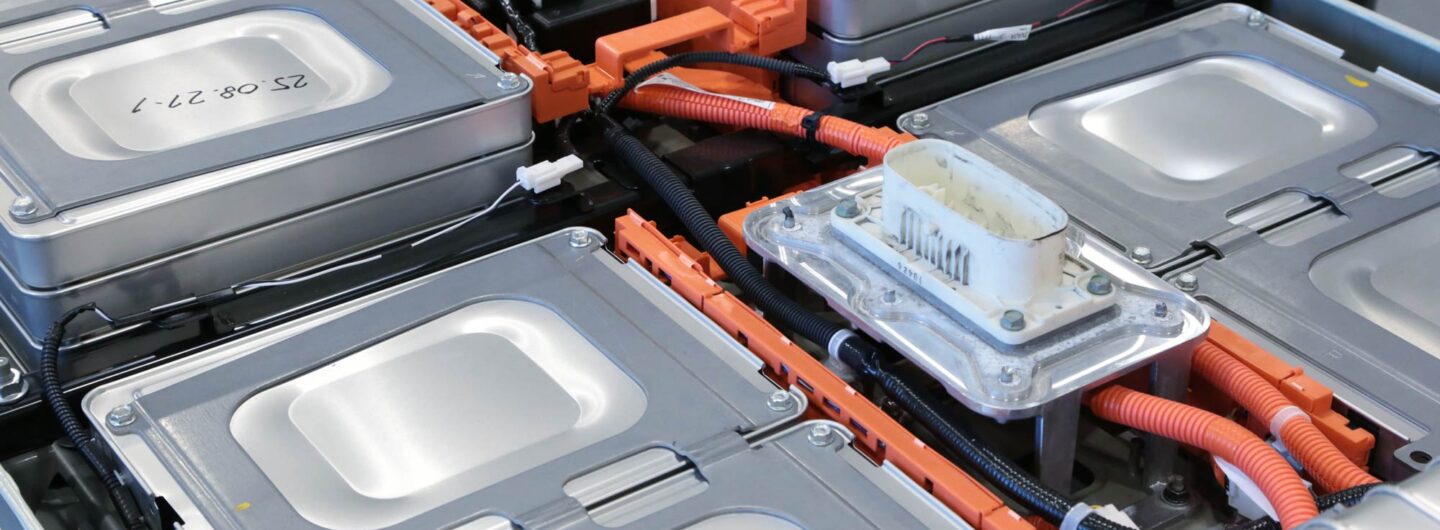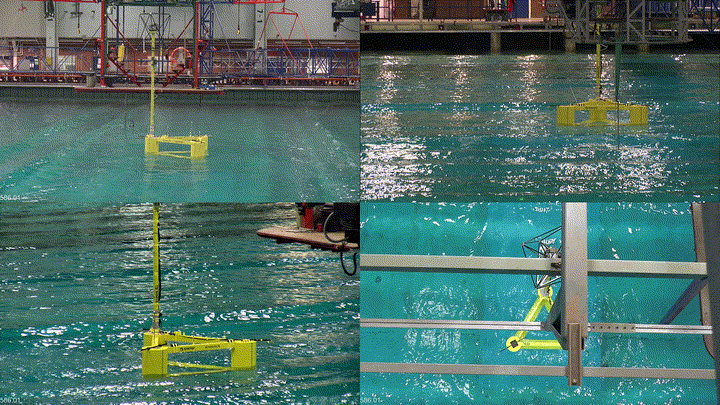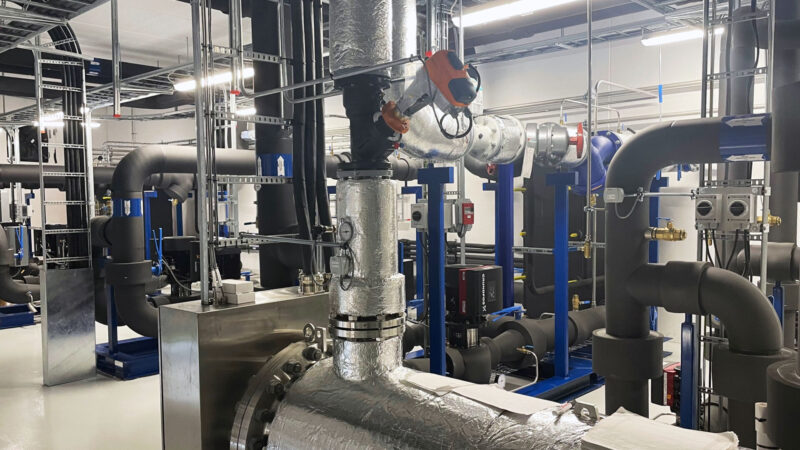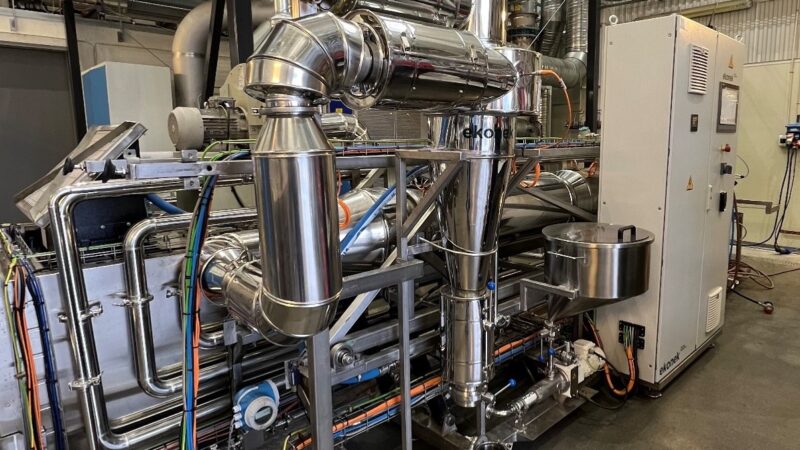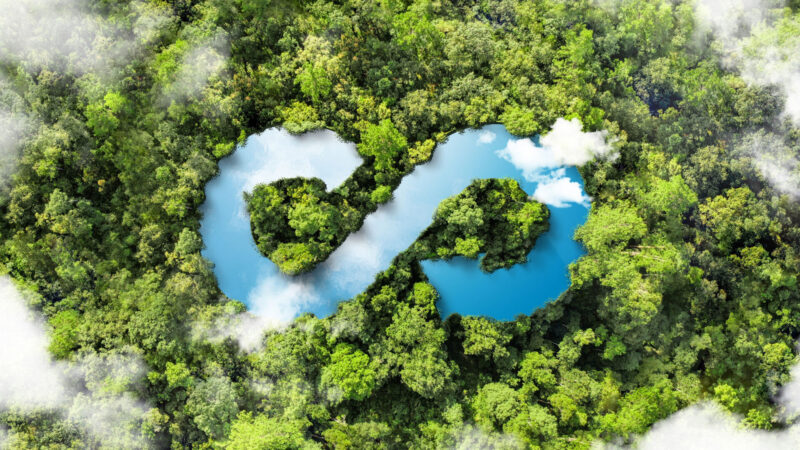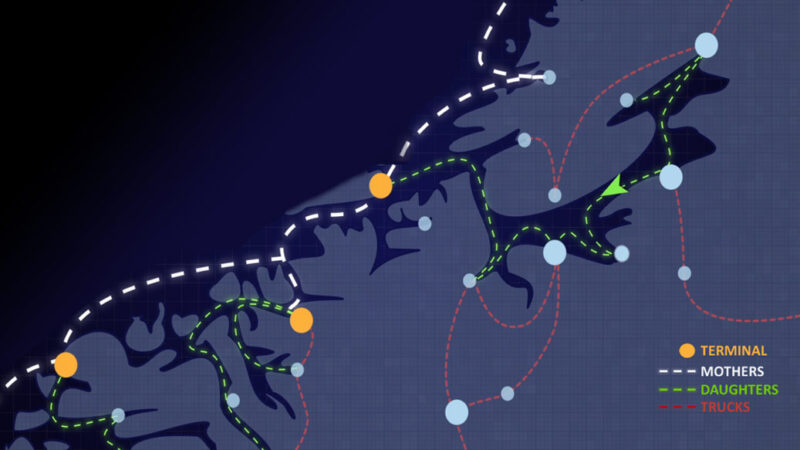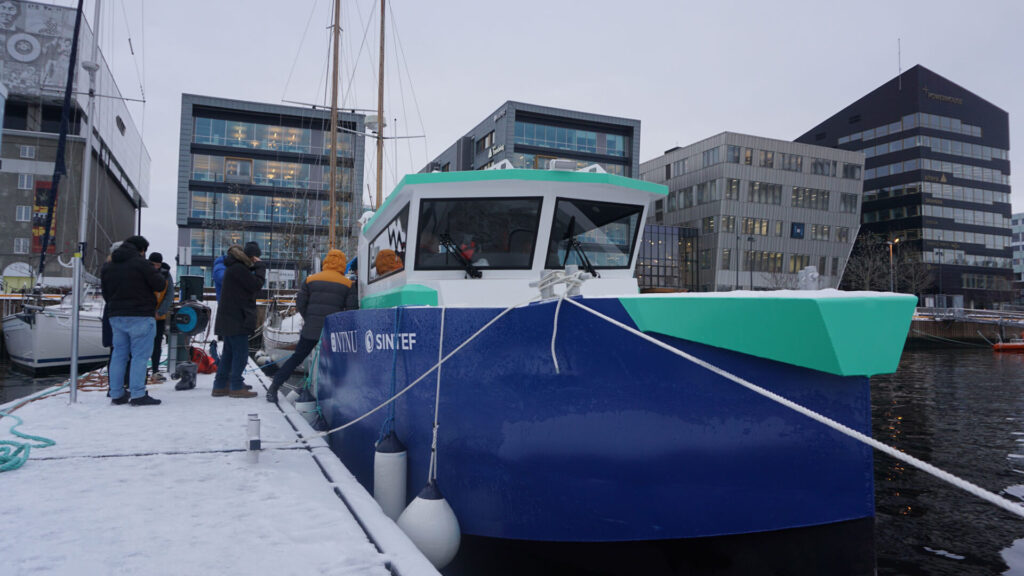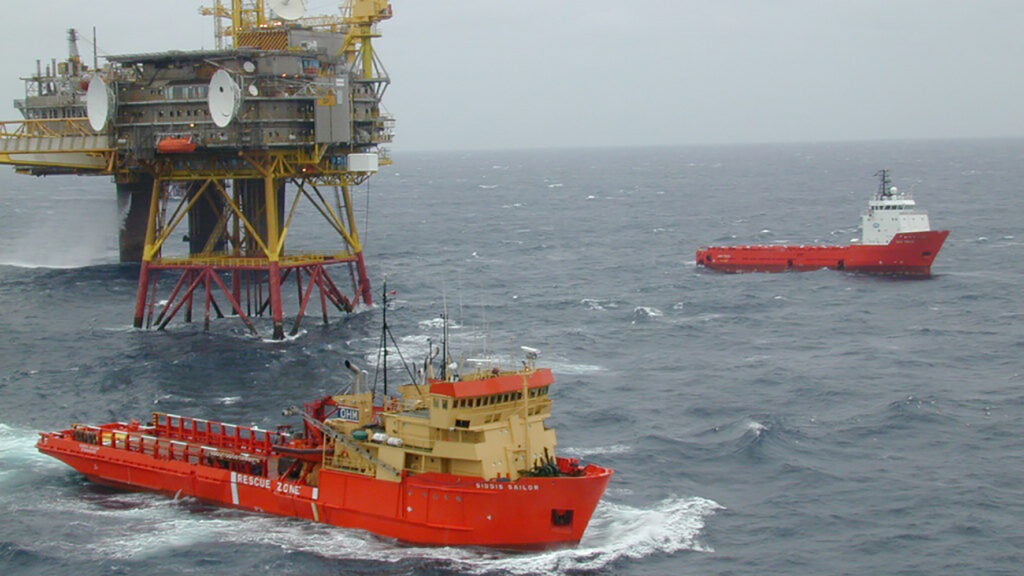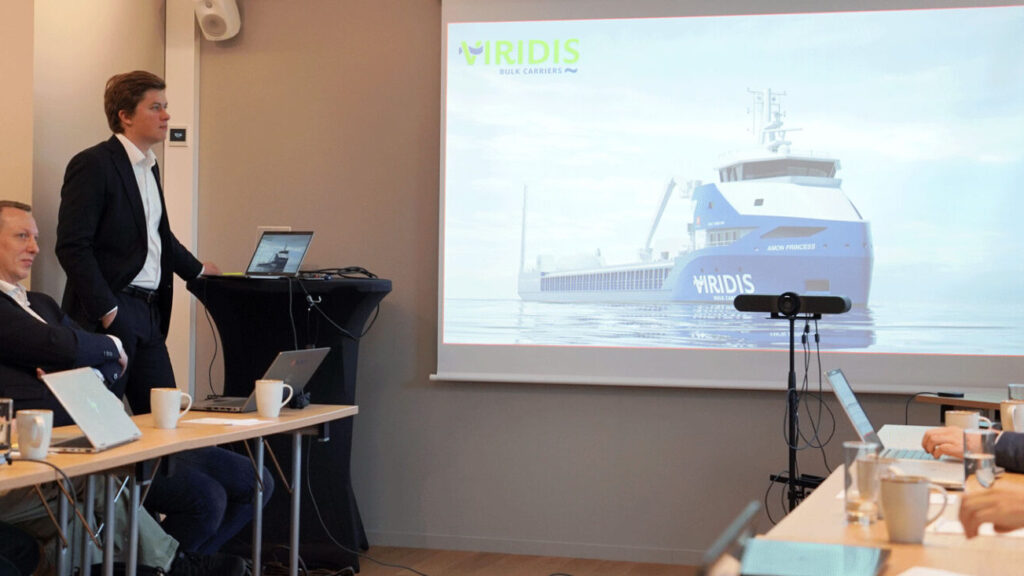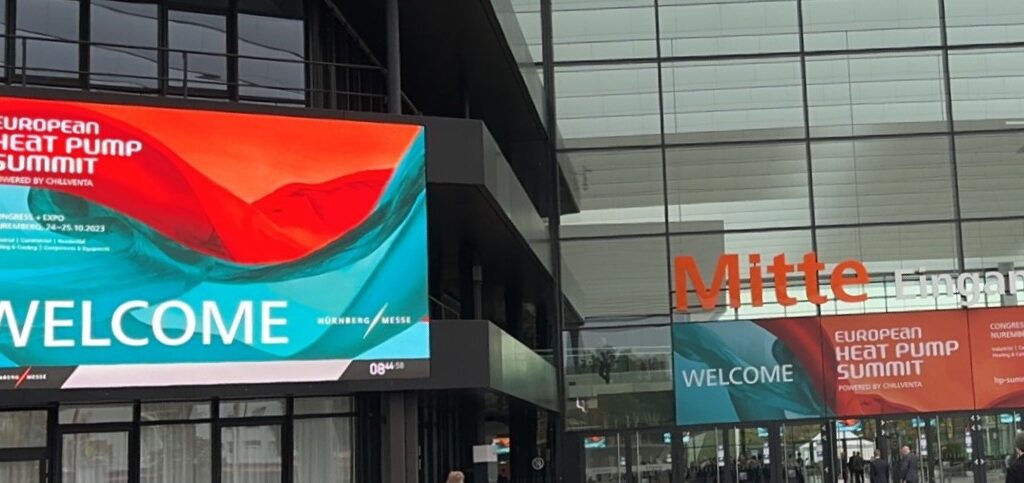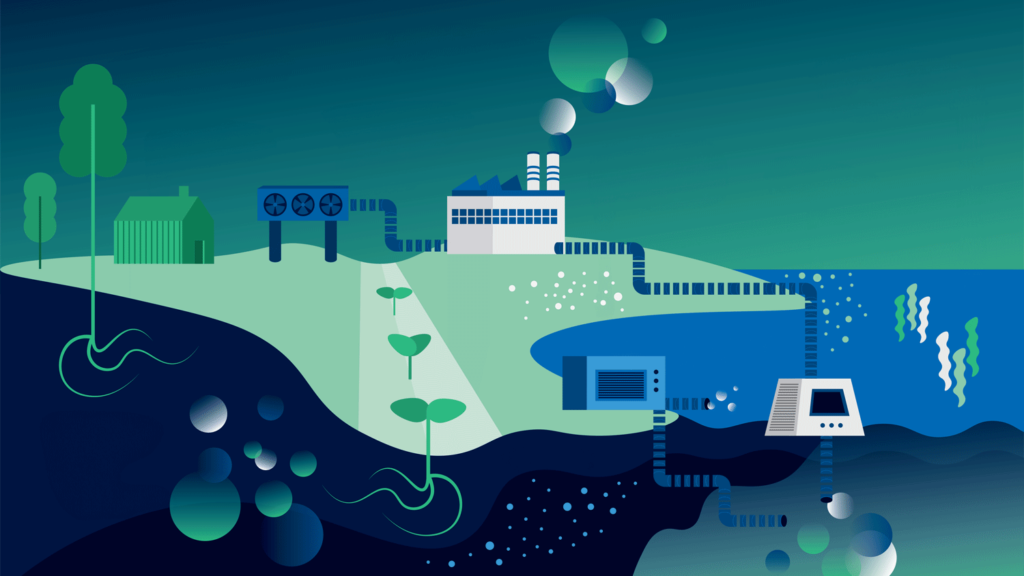Latest Posts
Ocean Lab lowers the threshold to promote innovation in the ocean space
Science and engineering are not the clean disciplines as portrayed by the controlled environment of a laboratory. Innovation must survive the messy world…
Don’t burn your Christmas tree in the fireplace!
Two Scandinavian traditions that remain strong to this day are the use of a real Christmas tree, and a wood stove to heat…
The way forward to decarbonise the offshore support fleet
The offshore support fleet, crucial for the oil and gas operations on the Norwegian Continental Shelf, faces a pressing need for decarbonization. Platform supply vessels (PSVs) contribute ca 1 million tonnes of CO2 annually, making them the largest greenhouse gas source in the offshore logistics supply chain. The government’s directive to implement zero- and low-emission solutions by 2030 sets the stage for transformative change.
Ammonia Fuel Bunkering Network project making rapid progress
On 20 November, the Green Platform project Ammonia Fuel Bunkering Network (AFBN) held a seminar in Trondheim. With 20 participants, the purpose was…
Navigating the Future: Highlights from the European Heat Pump Summit
Heat pump technology is on the march, with the European Heat Pump Summit revealing significant trends in refrigerant choices, the rise of smart AI-based controls for grid stabilisation, increased social and political recognition for decarbonisation, and breakthroughs in high-temperature pump efficiency.
COP28: Why we need carbon dioxide removal
Drastically reducing greenhouse gas emissions won’t be enough to achieve the goals in the Paris agreement and reach net-zero emissions by 2050. We will also need to remove excess greenhouse gases, in particular CO2, from the atmosphere and oceans. This is known as “carbon dioxide removal” (CDR).

